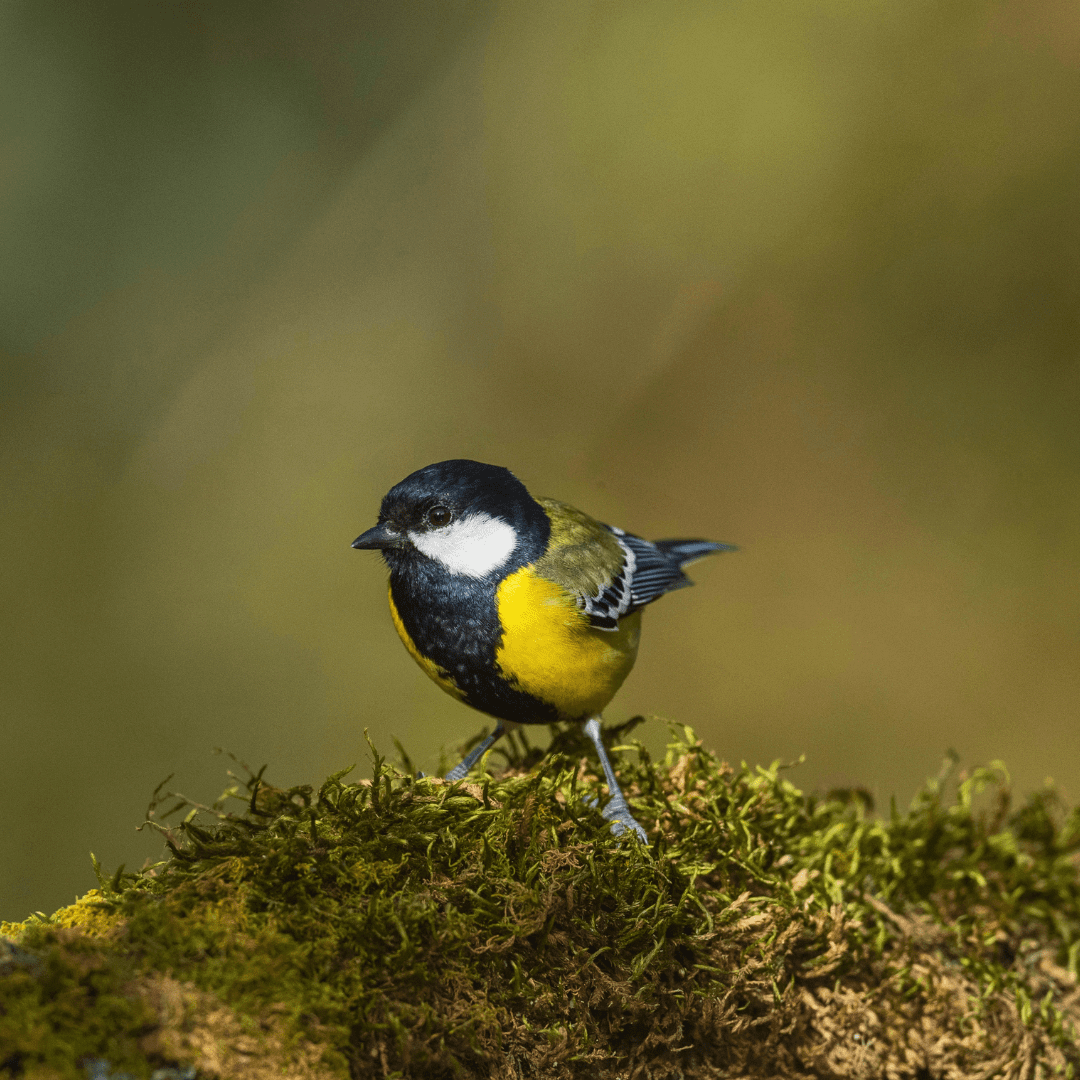Birding in India: Exploring the Rich Avian Treasures
India, a land of diverse landscapes and ecosystems, boasts a vibrant array of avian species that have fascinated birdwatchers and nature enthusiasts from around the globe. With its varied climatic conditions and geographical features, this country offers a unique opportunity for birding tours, providing an unforgettable experience for both seasoned birders and beginners alike. In this blog, we will delve into the top birding destinations in India, the remarkable species found there, the importance of protecting them for conservation, and the best times to embark on your birdwatching adventure.
1. Birding Tours in India
India is a vast country with diverse habitats, and as such, numerous areas are perfect for birding tours. Some of the most notable ones include:
a) Bharatpur Bird Sanctuary, Rajasthan: Also known as Keoladeo Ghana National Park, this UNESCO World Heritage site is a haven for migratory birds, attracting thousands of winged visitors during the winter months.
b) Western Ghats, South India: The Western Ghats, a UNESCO World Heritage site, are home to numerous endemic bird species that thrive in the lush forests and mist-covered mountains.
c) Northeast India: The northeastern states, such as Assam, Arunachal Pradesh, and Nagaland, harbor a rich diversity of birdlife due to their remote and pristine forests.
d) Sundarbans, West Bengal: This unique mangrove ecosystem is a paradise for birders, offering glimpses of rare and elusive species.
e) Rann of Kutch, Gujarat: The vast salt marshes of Rann of Kutch attract a multitude of migratory birds during the winter season.
f) Andaman and Nicobar Islands: These tropical islands are home to several endemic and exotic bird species that are a delight to observe.
2. Top Birding Destinations and Best Time to Visit
To help you plan your birdwatching adventure, here are some of India's top birding destinations, along with the best times to visit them:
a) Bharatpur Bird Sanctuary, Rajasthan:
Best time to visit: November to March
b) Western Ghats, South India:
Best time to visit: November to April
c) Northeast India:
Best time to visit: March to May (for resident birds) and November to April (for migratory birds)
d) Sundarbans, West Bengal:
Best time to visit: September to March
e) Rann of Kutch, Gujarat:
Best time to visit: November to February
f) Andaman and Nicobar Islands:
Best time to visit: November to April
3. Bird Species in India
India is a treasure trove of avian biodiversity, hosting approximately 1,300 bird species. These include both resident and migratory birds, with some unique and endangered species found nowhere else in the world. Let's explore some examples of these remarkable birds:
a) Indian Peafowl (Pavo cristatus): The national bird of India, known for its resplendent plumage and iconic tail feathers.
b) Indian Roller (Coracias benghalensis): A stunning bird with vibrant blue and brown plumage, often seen perched on wires or treetops.
c) Indian Paradise Flycatcher (Terpsiphone paradisi): A graceful bird with long, flowing tail feathers, found in the forests of India.
d) Greater Flamingo (Phoenicopterus roseus): Strikingly pink in color, these large migratory birds visit coastal regions and salt pans in search of food.
e) Indian Pitta (Pitta brachyura): A brightly colored bird with hues of green, blue, and orange, known for its distinctive calls during the breeding season.
f) Great Indian Bustard (Ardeotis nigriceps): An endangered bird with a majestic appearance, known for its courtship displays.
4. The Importance of Protecting Birds for Conservation
Birds play a vital role in maintaining the balance of ecosystems. They are essential pollinators, seed dispersers, and predators of pests, contributing to the health and diversity of plant and animal life. Conservation efforts aimed at protecting birds have broader implications for environmental well-being, human livelihoods, and overall ecological stability. Here's how protecting them helps in conservation:
a) Biodiversity Preservation: Birds are indicators of ecosystem health. By conserving their habitats, we safeguard not just the bird species but also countless other flora and fauna that rely on the same environments.
b) Ecological Balance: Birds regulate insect populations, control pests, and aid in seed dispersal, thereby ensuring a balanced ecosystem.
c) Economic Benefits: Birdwatching tourism contributes significantly to the economy. Protecting birds and their habitats promotes ecotourism, which, in turn, generates income and employment opportunities for local communities.
d) Climate Change Mitigation: Healthy ecosystems with thriving bird populations can sequester carbon and help mitigate the impacts of climate change.
e) Cultural and Aesthetic Value: Birds hold cultural significance in many societies and are a source of joy and inspiration for people of all ages.
India's avian diversity is a true testament to the country's natural wealth and ecological significance. From the enchanting calls of the Indian Paradise Flycatcher to the sight of flamingos dancing in the salt pans, birdwatching in India is an unforgettable experience. As we immerse ourselves in the splendor of these feathered wonders, let us also embrace our responsibility to protect and conserve them for future generations to cherish and appreciate. By safeguarding birds and their habitats, we safeguard the delicate web of life that sustains us all. So, pick up your binoculars, embark on a birding tour, and let the magic of India's birds captivate your soul!


